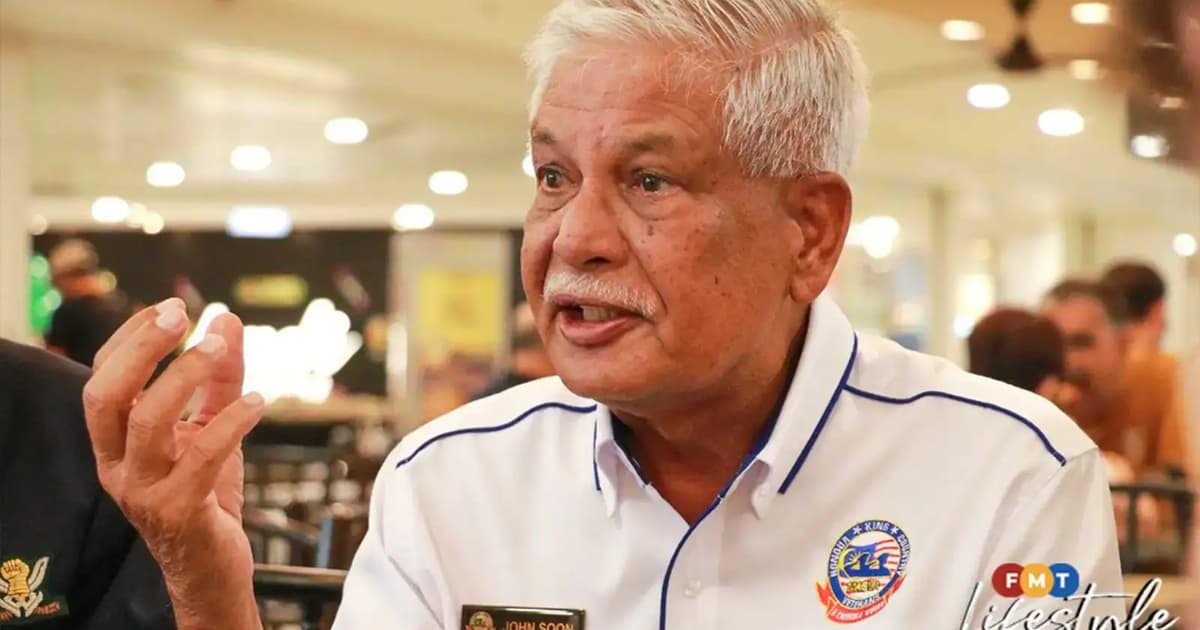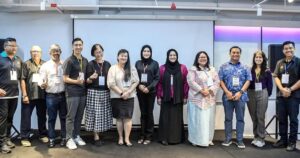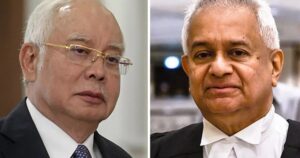
On Lorong Berani ( lane of the brave) in Butterworth, Penang, a modest home exudes quiet heroism.
Inside, framed moments and keepsakes of the Soon military family chronicle a tradition defined by sacrifice.
Each item whispers of courage passed down through the Soon family, whose Chinese heritage has been intertwined with Malaysia’s uniformed ranks for decades.
Seven Soons once stood in uniform together across the army, air force and navy.
From World War II medics to modern elite officers, the Soons’ proud line of service stands as a testament to loyalty beyond ethnicity.
The family’s narrative reminds us that allegiance to king and country can be as much a family heirloom as a well‑worn photograph.
Retired navy lieutenant Soon Tet Leong, 74, who is of Chinese-Gujarati parentage, is the family’s chronicler.
In the 2019 anthology, “Memoirs of the Malaysian Armed Forces Veterans”, he challenged claims that Malaysian Chinese lack patriotism or shun national service.

“Our story depicts all the good ingredients of citizenry, loyalty, and love for the homeland,” he declared in a chapter tracing his lineage.
Tet Leong said his article, titled “A family serving the nation”, was a typical Malaysian story about migration, ancestry, homeland and loyalty.
Tonight, he will help launch the book’s follow‑up, “Memoirs: Malaya and Borneo at War”, published by the Malaysian Armed Forces Chinese Veterans Association (Macva).
It is a collection of firsthand recollections spanning the Malayan Emergency, Indonesian Confrontation and decades of counter‑insurgency.
The first Soon
In the early 1800s, Soon Ah Yoong fled the turmoil in Guangdong, China, and arrived in Malaya.
Born around 1790, he settled in Bukit Mertajam, where his descendants would make their mark.
Ah Yoong died in 1862 and stands as generation one in the family’s ancestral archive.
By mid‑20th century, his family members, including Tet Leong’s late father, Boon Sooi, from generation five, were on the front lines of defence.

Roots in wartime sacrifice
In 1942, brothers Boon Sooi and Boon Leong enlisted in the royal army medical corps at Tanglin Barracks, Singapore.
Hoo Eng Chong, their future brother-in-law, joined them. Together, the medics dubbed themselves the band of brothers.
Their younger sister, Boon Chin, joined the police force at a time when it was uncommon for women to be educated, let alone be proficient in English.
She was the stenographer to the British chief police officer for Kedah and Perlis during the Malayan Emergency (1948-1960).
The band of brothers endured the fall of Singapore, makeshift field hospitals under fire, and captivity as prisoners of war after the British surrender on Feb 15.
Released on separate marches home, Boon Sooi and Boon Leong trekked overland.
Eng Chong remained interned until June 1943, when the Japanese sent him to build the death railway in Siam.

Their survival forged the family’s ethos of grit and unity.
Both brothers passed away in 1988, six months apart, but their tradition lived on.
In the 1950s, as Malaya moved toward independence, the other Soons branched into the tri-service.
Military life became their hallmark, not merely a career choice.
Generation six Tet Leong followed suit, and was commissioned as a Royal Malaysian Navy officer in 1979.
He served in the navy’s first frigate, KD Hang Tuah, that conducted operations like Ops Cabut to prevent arrivals of Vietnamese refugees fleeing their homeland.
Tet Leong rose to engineering officer before taking optional retirement in 1992 at age 40. His second career was in the oil and gas industry.

His wife, retired Lt-Col Loo Lee Fum, cultivated the family’s service spirit.
In 1977, Loo and Toh Lian Sim, from Kuala Terengganu, became the only Chinese cadets admitted to the army’s first women’s intake.
Both Loo and Toh were selected to join the royal intelligence corps due to their educational background, and ability to speak in multiple dialects and languages.
Her father, Loo Yok Tian, a rubber trader turned home guard volunteer in 1953, once defended remote villages against communist insurgents in Baling, Kedah.

The couple’s sons, Pow Lee, 43, and Pow Yik, 39, both born on Feb 28, honed their discipline at the Royal Military College.
Their seven-year-old granddaughter, Yu Hui, continues as the eighth-generation Soon.
In retirement, Tet Leong and his wife lobby through Macva for better recognition of tri‑service contributions and improved veteran transition programmes.
Inspiring the next generation
Across the globe, countries celebrate military dynasties with pageantry and parades.
Here, families like the Soons and others such as the Thongs, Yuens, Kwongs, Rodrigues, Stevensons and Lais remain largely unsung.
Their sacrifices never grace school syllabi or national remembrance ceremonies.
Worse, self-serving politicians forget the contributions of all races in nation-building.
Yet their steadfast allegiance, captured in worn service registers and cherished photographs, is as vital to Malaysia’s story as any battle plan.
As the next generation weighs life paths, the Soon family’s saga offers both inspiration and a challenge: to recognise that devotion to king and country can be the finest inheritance of all.
To purchase ‘Memoirs: Malaya and Borneo At War’, visit Macva’s website.






